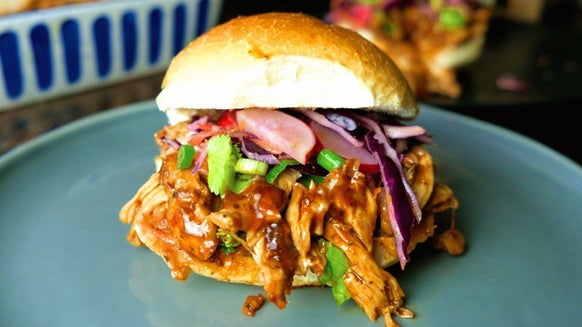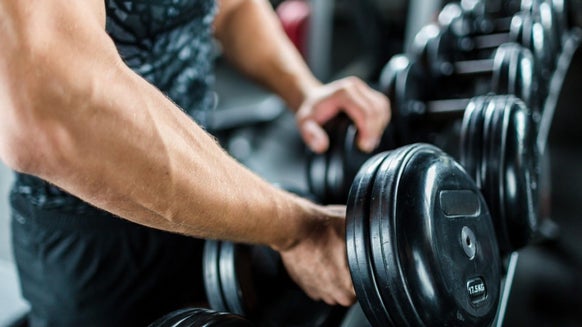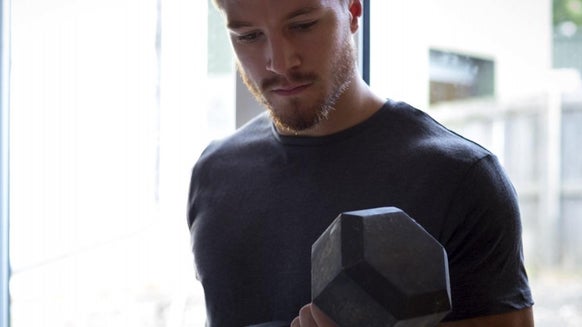How Whey Protein Is Made | Step-By-Step

Whey protein is a milk protein and is a dairy product. It’s a protein-packed punch and contains amino acids - specifically leucine, which assists in protein synthesis and muscle formation.
Myprotein's Impact Whey Isolate is rated first for both value and quality by independent testers LabDoor, with Impact Whey Protein not far behind in second and third place, respectively. Let’s see how Myprotein's whey protein is manufactured and what are the processes carried out to ensure the maximum quality ensuring greater health benefits associated with whey.
How Whey Protein Is Made
To make things easy to understand, let’s depict the complete process visually. The whey protein manufacturing undergoes a set of steps as shown in the image below. Hereon, I would like to take the opportunity to explain each and every step.

Step 1
Whey protein is a dairy product and is obtained from cow’s milk. The best cattle farms are chosen and it's ensured that the cattle are healthy and properly fed. The cattle breeding farms are located on the outskirts of cities, away from noises and pollution. Sometimes the farms might be 3-4 hours’ drive from the city. The farm breeds over 1000 cows which are capable of producing high-quality milk which is free from pesticides and also organic. The milk obtained from the process above has around 3.5 % protein, 4% fat and 4.6 % lactose.

Step 2
The milk obtained from the cows does have some harmful bacteria present so it has to go through pasteurization. Some of the bacteria residing in milk die when cooled at around 4° C. Tons of liters of milk are cooled under this process.
Step 3
Tons of cooled milk is then transported in big refrigerated tankers to the nearest cheese processing facility. Whey protein is the by-product of the cheese manufacturing process. Ideally, the cheese manufacturing facility is located nearby the cattle breeding farm.
Step 4
In the cheese processing facility, the milk goes through a process called pasteurization. Pasteurization is the process devised by Louis Pasteur. Pasteurization ensures that there are no bacteria breeding in the milk. Milk, if not treated, contains some harmful bacteria that can be fatal to human health. During pasteurization, Milk is boiled until its boiling point (70-80 ° C) and then instantly cooled at 4° C. Scientists have proven that bacteria don’t survive when subjected to extreme temperatures. Pasteurization ensures that the milk is free of harmful bacteria.
Post-pasteurization, the milk obtained has 20 % whey and 80 % casein.

Step 6
Here is where the real action begins. The pasteurized milk is subjected to enzymes to separate the whey from casein. Casein is the dominant product in milk and is used to prepare cottage cheese or other variants of cheese.
On the application of enzymes, milk gets separated into two parts – liquid and solid particles. The solid particles are collected and are processed as cheese. The liquid part is the one which contains whey as well as fats and carbs.
The liquid whey is sent for further purification to remove fats, carbohydrates, water and minerals.
Fact: 720 pounds of the raw liquid is required to produce one 5 lb bag of whey.
Step 7
This is a rigorous process! Lots of machinery is involved, too. The liquid input from Step 6 is treated to obtain Whey Protein Concentrate (WPC). The liquid whey is sent to a protein manufacturing plant where it is instantly loaded into a massive web of stainless steel turbines that have special ceramic filters. The complete process is natural and the environment is cold. The current process separates fats and lactose from the liquid solution eventually producing Whey Protein Liquid.

Step 8
This is the last step in the processing of whey. The whey protein liquid is put into a dryer that has hot as well as cold air to dry out the water and separate the solids from the liquid. The resultant powder might have around 90% of Whey ratio. The process also ensures that Whey doesn’t lose its nutritional value and the protein doesn’t get denatured.
Step 9
The whey protein obtained here is packaged in containers and is tested for purity. The whey obtained is unflavored and it is sent to Myprotein facility for further processing.

Step 10
The protein is carefully examined and flavoring is added. The whey powder is put into high-speed blenders along with flavors for the best taste and mixability. A portion of every batch is also tested for protein content by a high-tech INR machine (infra-red). Post-mixing and evaluation, it is sealed and packed again and sent to the warehouse.

Step 11
This is the end product and the one which is available for you to purchase and bears all the nutritional info and is sealed for authenticity.
Step 12
You order from Myprotein and we ship the finished products onto your doorstep. Happy Gains!





